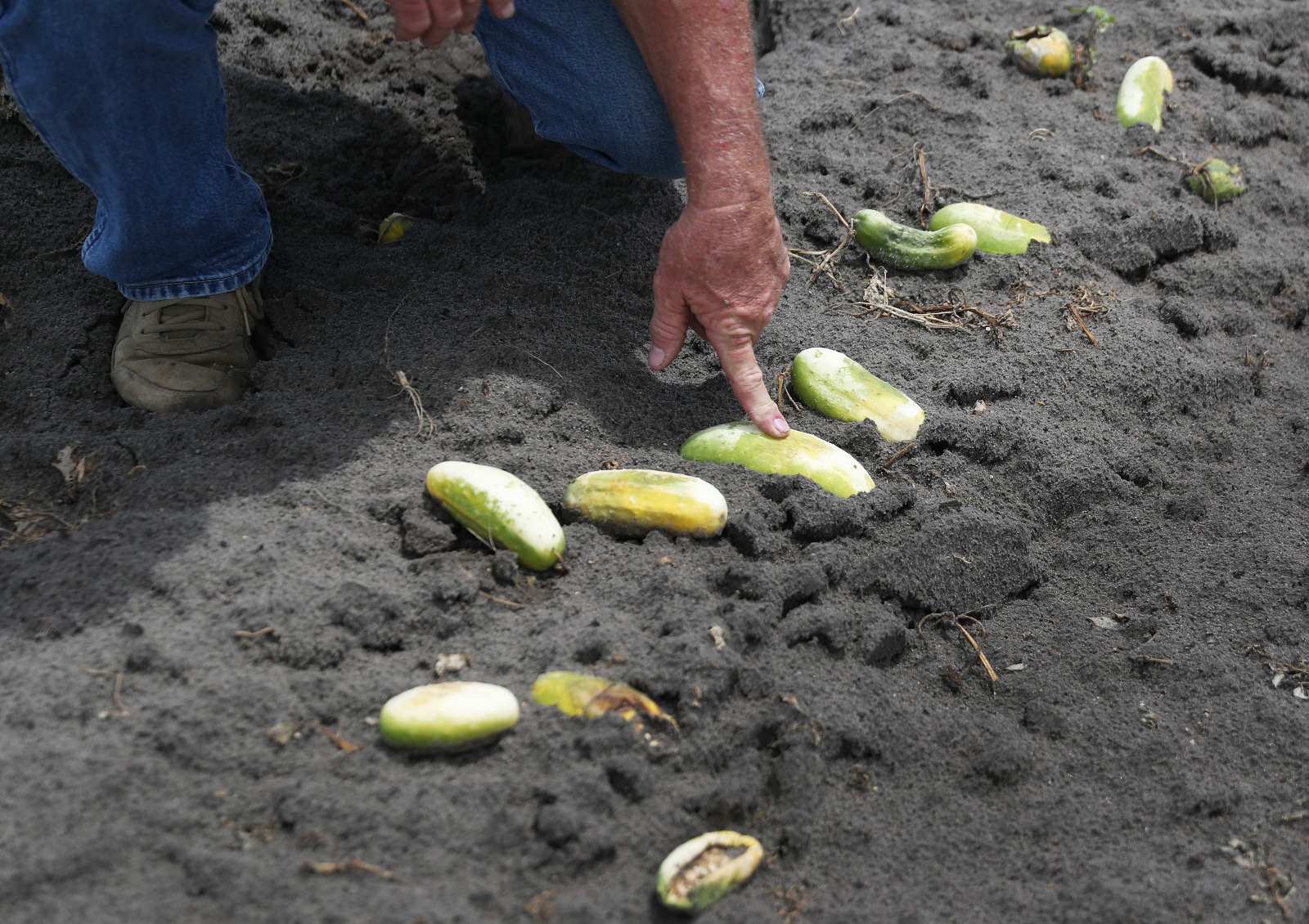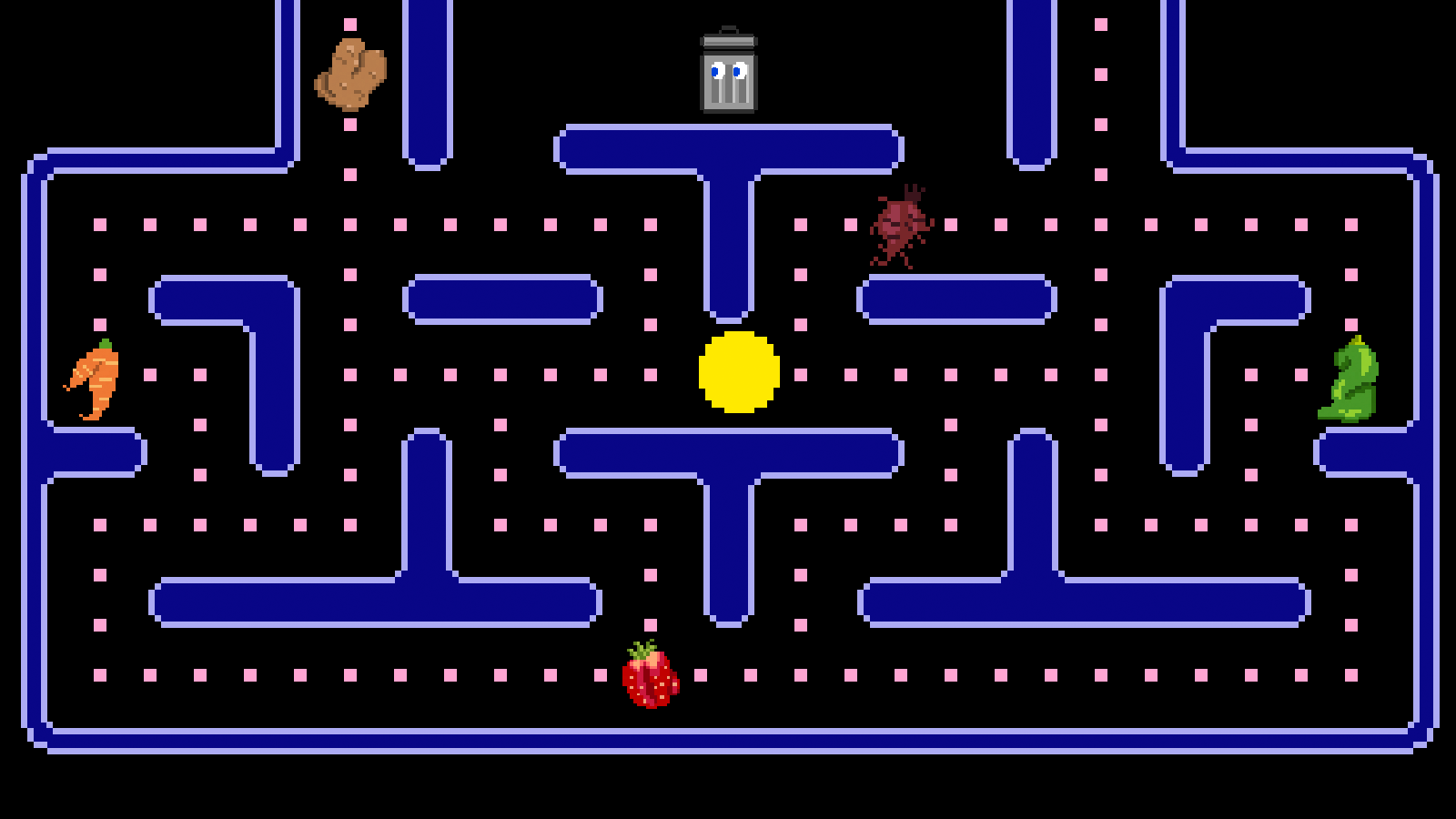A batch of companies has been trying to take the mountains of “ugly” fruits and vegetables passed over by supermarkets and find new homes for all that produce. They aim to turn a profit while also curbing the massive problem of food waste.
But they have run into a thorny problem. How do you know whether the oranges and lettuce a company says it “saves” would have been wasted otherwise? It’s a question with implications for the climate, since decomposing food, which releases methane, is responsible for about 10 percent of global greenhouse gas emissions. Knowing how much waste is actually being averted is key to calculating these companies’ effects on the environment.
At first, “everyone just simplified it and said, ‘Oh, if it’s surplus or imperfect, it’s reducing food waste. And it’s just not,’” said Christine Moseley, the founder and CEO of Full Harvest, a company that connects farms to businesses that can use their ugly and imperfect produce. Moseley explained that there were already markets for off-grade produce — turning inferior-looking apples into applesauce, for example — meaning there was always a chance the apples you thought you rescued might have been sold to someone else. “There was no standard, and not a lot of data.”
Sensing an appetite for clarity, Full Harvest recently developed the world’s first “verified rescued produce” certification label. The trademarked seal now appears on Mondelez’s air-dried vegetable crisps and some of Danone’s yogurt, assuring buyers that the zucchini and lemons inside the package have been saved from the scrap heap.
Certification reflects a step forward in the field, a sign that companies are getting serious about calculating their impact and that people are hungry to buy more sustainable products. But it’s a field potentially littered with landmines. Some experts have criticized Full Harvest for the lack of transparency around its proprietary certification process. And the tricky problem of verifying whether produce was truly “rescued” will sound familiar to those working on projects to offset carbon dioxide on farms and forests, which have been struggling with similar verification issues — with consequences for the ever-heating planet.
The farm-to-table carbon math
Moseley wants to stop the food waste that happens at farms — the unsold spinach, the outer leaves of romaine that get thrown out in favor of the perfect-looking hearts. Farmers often have to pay to get rid of this waste by sending it off to a landfill. Sometimes they turn it into compost or cattle feed or donate it to food banks. “It’s a very inefficient supply chain, and that’s why so much gets wasted,” Moseley said.
There’s some debate around how much food waste comes from farms, with recent research suggesting it might be larger than previously estimated. Somewhere between 20 and 50 percent of the total food that goes uneaten is lost on farms. The rest is lost in manufacturing, at restaurants, at the grocery store, and in people’s homes, where produce rots on countertops and in crisper drawers.

Dana Gunders, the executive director of the food waste nonprofit ReFED, said that from a greenhouse gas perspective, farms are a smaller piece of the problem because emissions build up after food leaves the farm, when it’s transported, refrigerated, and cooked. “Sometimes people say an early loss is a good loss,” she said. ReFED estimates that the burgeoning surplus produce industry could avert an annual 273,000 metric tons of carbon dioxide equivalent, roughly the amount emitted by 59,000 cars a year.
Imperfect Foods, one of the companies that sells boxes of ugly produce, claims it has diverted more than 139 million pounds of food since 2015, avoiding more than 35,000 tonnes of carbon dioxide equivalent. Imperfect’s competitor, Misfits Market, says it’s saved 225 million pounds of food from 2018 until last fall, nearly three-quarters of which otherwise have gone to waste. Neither company responded to Grist’s request for comment.
Any company trying to turn a profit off an inconsistent and sometimes spontaneous supply of uneaten food is going to run into challenges. “It’s not entirely fair to expect a business that is working to solve some of those problems to only sell rescues,” Gunders said. Even Full Harvest doesn’t claim all the surplus and imperfect produce it sold would have gone to waste — just its verified rescued ones.
What does it mean to ‘rescue’ produce?
There’s a gray area when it comes to defining what counts as waste, Gunders says. What if corn was previously going to animal feed, but now ends up on your plate instead? What if that carrot was going to get juiced, but now you’re using the whole product, fiber and all?
Imperfect Foods focuses on avoiding these kinds of “lesser outcomes” for its food products, like getting left in the field or being sent to a landfill. This thinking is backed up by the Environmental Protection Agency’s rankings for different strategies to manage food waste, which prioritizes the solutions that provide the most benefits to society. The best option is simply producing less food to begin with, followed by using the surplus to feed hungry people, feeding animals, industrial uses, and composting.
Full Harvest’s website doesn’t define exactly what it means by “waste” or offer details on how its third-party “verified rescued” program works. Moseley said the methods of the program were trade secrets that the company had spent six years developing. Broadly, she said, the proprietary process has two parts: First, working directly with growers to save produce that was previously going to waste, and second, extensive surveys, audits, and affidavits to confirm each order would have been wasted otherwise. “We work with some of the largest food companies in the world who have vetted our process and hold it at the highest level of integrity or else they would not work with us,” Moseley said.
Some experts would like to see more details. “Generally speaking, certifications are pretty transparent about their methods and their criteria,” Gunders said. Austin Whitman, the CEO of the certification company Climate Neutral, said he thought Full Harvest’s methods should be explained and open for scrutiny. “If someone can’t explain to you, soup to nuts, what the requirements are of certification, then it would feel like it’s maybe missing the point,” he said.
To Whitman, the messy question of verifying whether produce was truly rescued reminded him of what’s known as “additionality,” whether an intervention — such as a carbon offset project — has an effect compared to a baseline. For instance, what if a program that’s supposed to incentivize farmers to use better soil practices to store carbon only ends up paying farmers who were already doing it? Climate Neutral, which has certified about 300 companies, uses third parties to verify carbon offsets and make sure new interventions pass an additionality test. It also has an advisory committee that reevaluates its list of standards each year.
The explosion of eco-labels
Demand for environmentally friendly products is growing: A survey from earlier this year found 68 percent of people were willing to pay more for sustainable products. “The trends around sustainability are massive,” according to Moseley, who said companies could be left out in the coming years if they don’t sell sustainable products.
Surbhi Martin, a vice president at Danone North America, oversees the company’s Two Good “Good Save” line, which sells yogurts made with Meyer lemons, pumpkins, and mandarin oranges marked by Full Harvest’s verified rescued seal. Martin said that the Good Save yogurts have been “excellent performers,” with sales increasing 383 percent in the first quarter of this year compared to the same quarter last year. To date, she said, the company has helped rescue more than 500,000 pounds of fruit since its Good Save line started in 2021, “with the goal of inspiring a movement” that will encourage others to use verified rescued produce.
Danone is one of many companies that are turning their sustainability cred into a selling point. Consider Avocado, a mattress company that proudly lists its more than a dozen certifications verifying that its products are organic and vegan, that the wool and other textiles it uses are sustainable, and that the company is “carbon negative,” meaning that it takes more CO2 out of the atmosphere than it emits. Gunders says that people trust certifications more than just declarations, but that she’s starting to see “certification fatigue.”
Environmentally-friendly labels can be a double-edged sword. “There’s no kind of indisputable truth that all eco-labels work, because they don’t,” Whitman said. He founded Climate Neutral because he saw companies starting to claim they were carbon neutral while only analyzing a small, lower-emitting part of their operations, and he wanted to make sure there were a set of rules that were more meaningful. “We’ve certainly seen a lot of cases where industry capture has kind of weakened or watered down eco-labels to a point where they become more a reflection of current corporate practices as opposed to a standard that raises the bar for corporate practices,” he said.
As for the ugly produce industry, Gunders says that it provides a useful service, but shouldn’t be used as an excuse for grocery stores and restaurants to keep rejecting produce that’s perfectly fine to eat. “I just don’t think we’re going to entirely solve this problem with side channels,” she said. “If the produce is edible, why is it not just sold on the shelf?”




